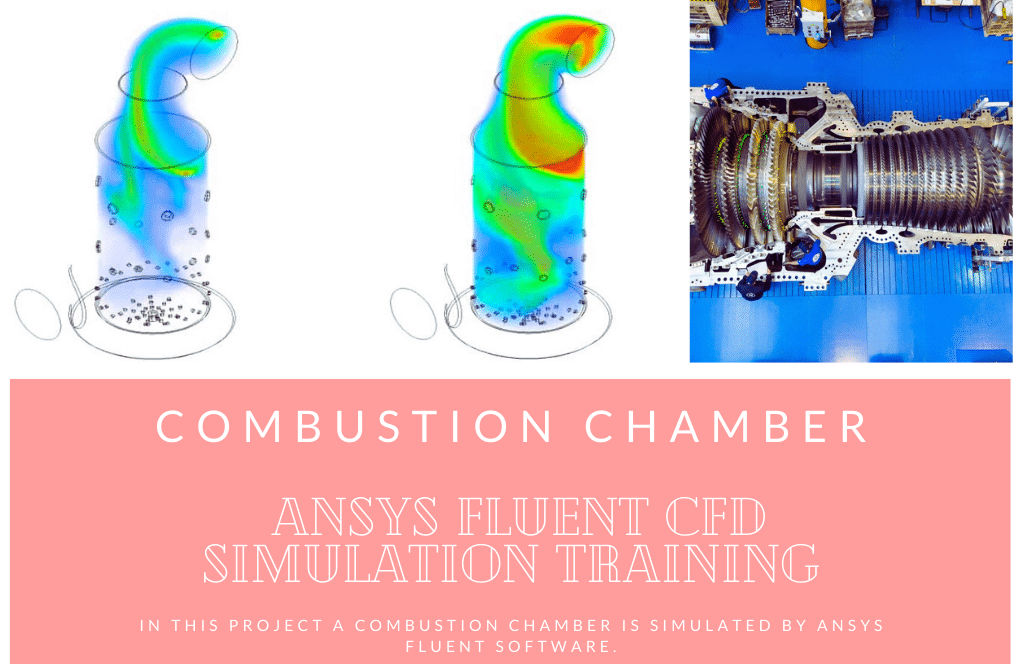Discrete Phase Model in ANSYS FLUENT
$20.00 $10.00 Student Discount
- Discrete Phase Model Dialog Box: interaction, particle treatment, tracking
- Physical Models: DEM, Breakup, Coalescence, etc
- Injection Dialog box: injection type, particle type, diameter distribution, etc
- Drag Laws: spherical, non-spherical, stokes-cunningham, etc
- Breakup Models: TAB, Wave
- DPM Boundary Conditions: Trap, reflect, wall-film, etc
To Order Your Project or benefit from a CFD consultation, contact our experts via email (info@mr-cfd.com), online support tab, or WhatsApp at +44 7443 197273.
There are some Free Products to check our service quality.
If you want the training video in another language instead of English, ask it via info@mr-cfd.com after you buy the product.
Description
Everything About Discrete Phase Model (DPM) In ANSYS FLUENT
In this video which is the 2nd chapter of the DPM Training Course, we get into ANSYS Fluent software and explain almost every section of the Discrete Phase Model (DPM) Module. It has been tried to investigate various available models. This chapter summarizes the following subjects:
- Discrete Phase Model Dialog Box: Interaction, Particle Treatment
- Tracking parameters
- Physical Models: Particle Radiation Interaction, Thermophoretic force, Saffman Lift force, Virtual mass force, Pressure gradient force, Erosion/Accretion, Pressure-dependent boiling, Temperature dependant latent heat, Two-way turbulence coupling, DEM collision, Stochastic collision, Coalescence, Breakup,
- Injection Dialog Box
- Injection Type: Single, Group, Surface, Cone
- Injection Particle Type: Massless, Inert, Droplet, Combusting, Multi-component
- Diameter Distribution: Linear, Uniform, Rosin-rammler, Rosin-rammler logarythmic
- Drag laws: Spherical, Non-spherical, Stokes-cunningham, High-Mach-number, Dynamic drag
- Breakup Models: TAB, Wave
- Turbulent Dispersion: Stochastic tracking, Cloud tracking
- Parcel
- DPM Boundary Condition: Reflect, Trap, Escape, Wall-jet, Wall-film





Stanley Romaguera Jr. –
I just finished watching MR CFD’s Discrete Phase Model tutorial, and I was impressed with the detailed explanations. The breakdown of each section within the DPM Module was clear and understandable. Thank you for making this seemingly complex topic very accessible!
MR CFD Support –
Thank you so much for your positive feedback! We’re thrilled to hear that the tutorial on Discrete Phase Model in ANSYS FLUENT was helpful and easy to understand. Our goal is always to demystify complex concepts and make CFD more accessible to everyone. If you have further inquiries or need more assistance, feel free to reach out!
Clement Fahey –
The Discrete Phase Model in ANSYS FLUENT sounds quite complex. Were all the different injection types and models explained in a way that’s easy to understand for someone new to CFD?
MR CFD Support –
Absolutely. We have tailored the DPM Training Course, especially to cater to learners at different levels, including those new to CFD. The video breakdowns each concept succinctly, using clear examples and visual aids to ensure that the information is presented in an accessible and engaging manner. We strive to facilitate knowledge acquisition regardless of the learner’s starting point.
Dr. Cassandra Bergstrom –
I’m fascinated by the inclusion of various physical models like the Thermophoretic force and Saffman Lift force in the DPM module. Could you please tell me more about how these forces individually affect particle behavior in simulations?
MR CFD Support –
Certainly! The Thermophoretic force in the DPM module accounts for the motion of particles caused by temperature gradients, often driving particles from hot to cold regions. The Saffman Lift force, on the other hand, considers the lift generated on particles due to shear in the fluid flow, which can significantly alter particle trajectories in a boundary layer. Each force can influence particle dispersion, trajectory, and interaction with the continuous phase in unique ways, depending on the specific conditions of the simulation.
Maeve Stracke –
I’m delighted with how comprehensive this chapter of the Discrete Phase Model Training Course is. Not only does it touch upon crucial topics for understanding DPM in ANSYS Fluent, but it also goes into detail about each feature within the module. Great for both beginners and more experienced users who want to deepen their knowledge of DPM simulations!
MR CFD Support –
Thank you for your positive feedback on the DPM Training Course Chapter. We’re glad to hear you found the information comprehensive and helpful for your understanding of the Discrete Phase Model in ANSYS Fluent. We always strive to provide detailed and practical contents to support both beginners and advanced users. If you ever have any more feedback or require further assistance, please don’t hesitate to reach out!
Dr. Hanna Jacobs –
I just watched the ‘Discrete Phase Model in ANSYS FLUENT’ video, and it’s incredible how well each section is explained. I particularly liked the discussion on various particle types and diameter distributions – made the material really easy to understand. Great job on this one!
MR CFD Support –
Thank you so much for your positive feedback! We’re delighted to know you found the video helpful and understandable, especially regarding the sections about particle types and diameter distributions. We always strive to provide comprehensive training and explain complex models in a user-friendly manner. Do keep an eye on our upcoming releases for more such content!
Gwendolyn Schaefer V –
The training video on the Discrete Phase Model in ANSYS FLUENT was extremely thorough. It neatly broke down complex subjects into understandable sections.
MR CFD Support –
Thank you for your positive feedback! We’re glad to hear that the video was clear and helpful. If you have any further questions or need more information, please don’t hesitate to reach out.